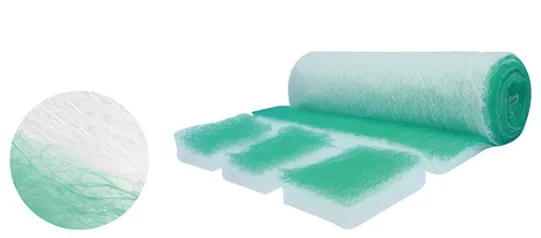If you take any interest to our products
Contact Us >
Industrial HEPA filters, also known as high-efficiency particle air filters, are critical components of the healthcare and pharmaceutical industries, where clean working conditions are required.
Particles that are invisible to the naked eye flood the air.
These tiny particles can present issues while working with new drugs and medical equipment, as well as transmit airborne sickness.
As a result, the usage of a HEPA filter in the industry will help to reduce or remove particles from the air.

The HEPA filter system is a four-step procedure that begins with sieving and inertial impaction to remove bigger particles.
The air is subsequently passed through a finer mesh fiber, which traps the majority of the finer or smaller particles.
To finish, the air will pass thru the filter and be collected by coming into contact with the fiber.
When the air passes through the other end of the HEPA filter, it is meant to have removed 99.97% of the particles in the air.
A normal air filter often removes medium to bigger particles from the air, but it can't almost totally remove microscopic millimeter size particles from the air that a HEPA does.
The much smaller the micron, the more difficult it is to remove from the air.
When putting it into perspective, the human eye can identify or detect particles as small as 10 microns.
Plant spores and pollen are in this range and so visible to the naked eye with considerable precision.
Bacteria can be as tiny as 0.3 microns, which is why pharmaceutical businesses utilize 0.3 microns as industrial HEPA filters.
It is critical in the healthcare area that even the smallest particles are removed from the airflow. If adequate filtration is not employed, airborne illnesses such as tuberculosis can easily spread.
The reason why a 0.3 micron HEPA is utilized in businesses and research laboratories where researchers and medical professionals work with viruses and bacteria is that the air must be as pure as possible to confine the research particles.
Virus particles are less than 0.3 microns in size, although they typically migrate on larger particles which include sweat or saliva.
In emergency rooms and operating rooms where fresh wounds and open cuts are being treated, the wound must have as little contact with particles that could cause infection as possible.
Each HEPA must be independently checked to guarantee that there are no flaws in any of them.
Even the smallest flaw could render the HEPA ineffective. Following the completion of the production process, the product is put to the test and certified.
It is worth noting that, in contrast to other filtering systems, HEPA operates with greater effectiveness as it becomes dirtier.
To ensure high requirements are met, it is suggested, particularly for the healthcare business, that the units be tested approximately every six to twelve months and replaced every two years.
HEPA filters are excellent at filtering particles of all sizes. When purchasing an air purifier, you must ensure that it is manufactured by a reputable company.
Please click here to view the product.
By continuing to use the site you agree to our privacy policy Terms and Conditions.